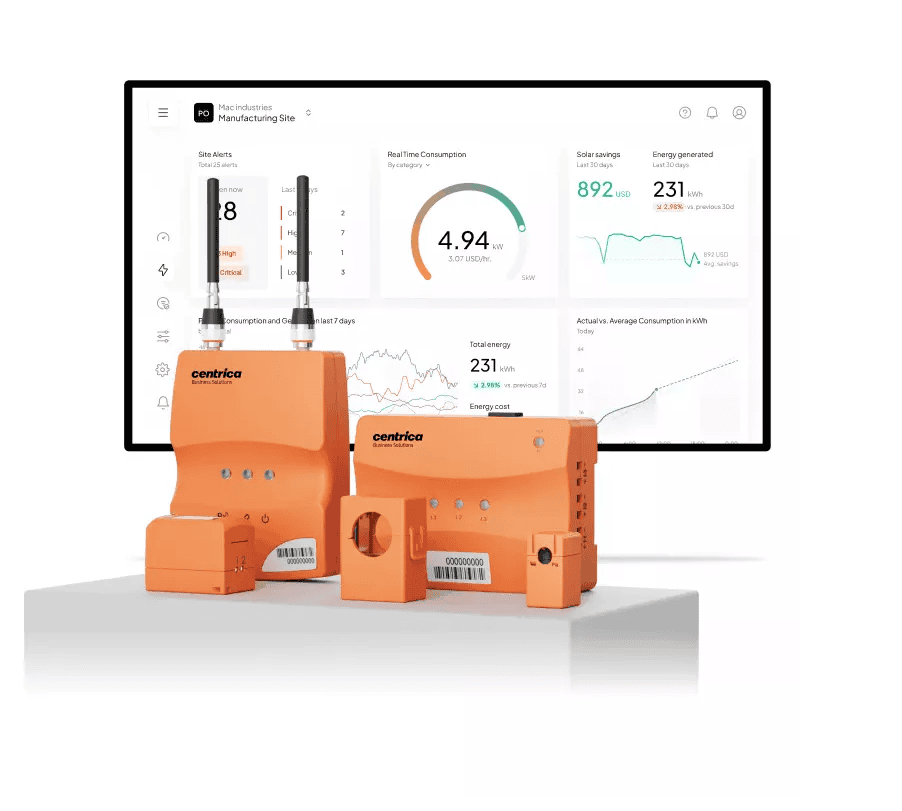Electrical Metering Selection and Installation Support
Electrical Metering Selection and Installation Support
Electricity is an essential energy resource and is an enabler of operations and the effective transport of other key energy resources. It is a critical resource for motor, HVAC and lighting loads throughout a site. Our customers look to gain additional insight into their site's energy use beyond their utility bill. To accomplish this goal, we focus collecting data from the site's main utility meter and subsequent sub-mains at the main distribution panel. We leverage a variety of products to accomplish the monitoring objectives.
Frequently Asked Questions: Electric Meter Selection and Installation
To get started, reach out to us at sales@emergentmetering.com or Contact Us for support. We want to equip our customers with the hardware and information needed to have a safe and successful installation as we recognize the power that high quality energy monitoring data can provide.

